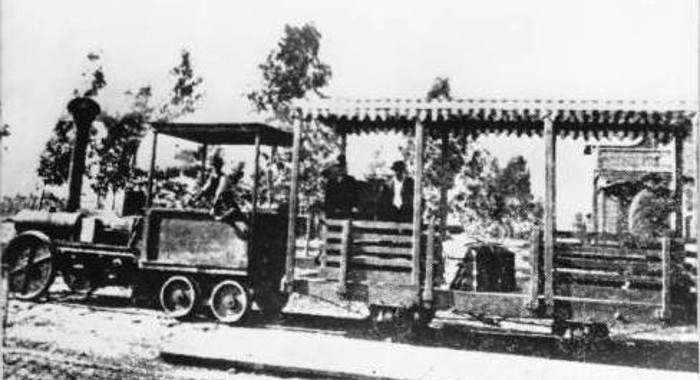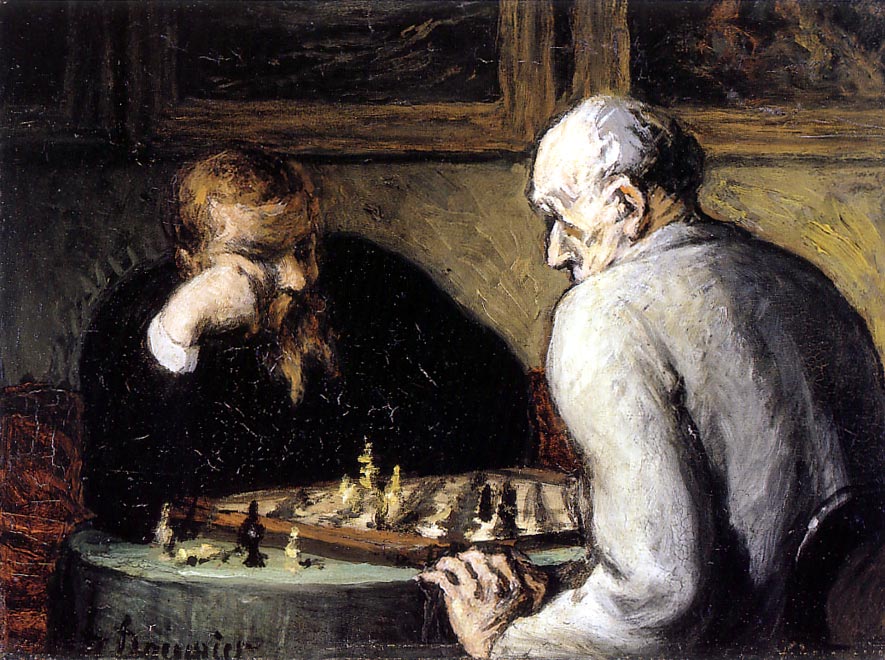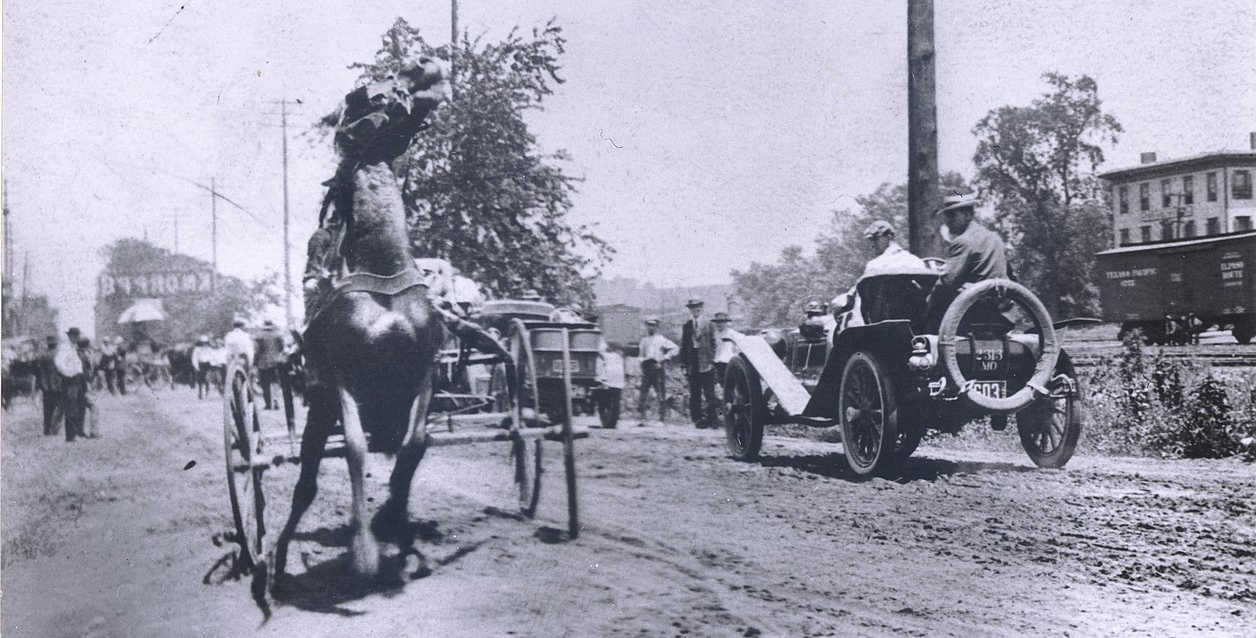Bell Telephone was experimenting with speech synthesizers as early as 1939 — 5 million visitors to the World’s Fair that year witnessed an electronic speaking machine called the Voder. “The miracles, as the Bible describes them, are really true, for here in this room we are witnessing a modern miracle,” one said. “The wonders of God transmitted through man’s mind are truly being demonstrated here.”
Largely this was thanks to the operator, or “Voderette,” who spent a year learning to finesse the keys, foot pedal, and wrist bar. “Although the Voder produced intelligible speech, it sounded like a talking church organ,” writes Trevor Cox in Now You’re Talking, his history of human conversation. “Sometimes the tweaking of its controls created a slightly drunken slurred intonation. Even so, the voice was more natural-sounding than the famous voice of Stephen Hawking, because the skilled operators were like concert pianists making rapid alterations to the controls to improve the sound.”




